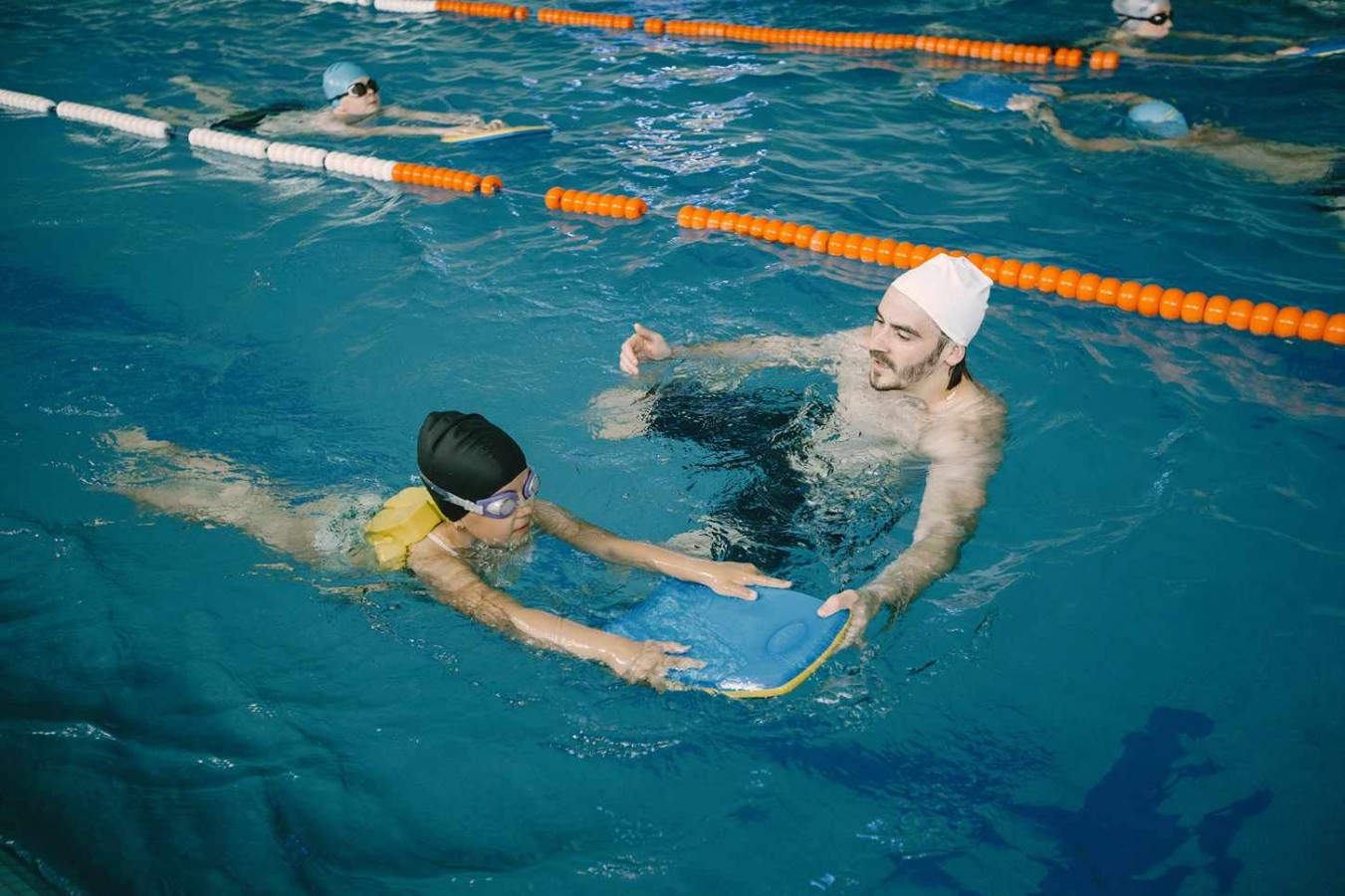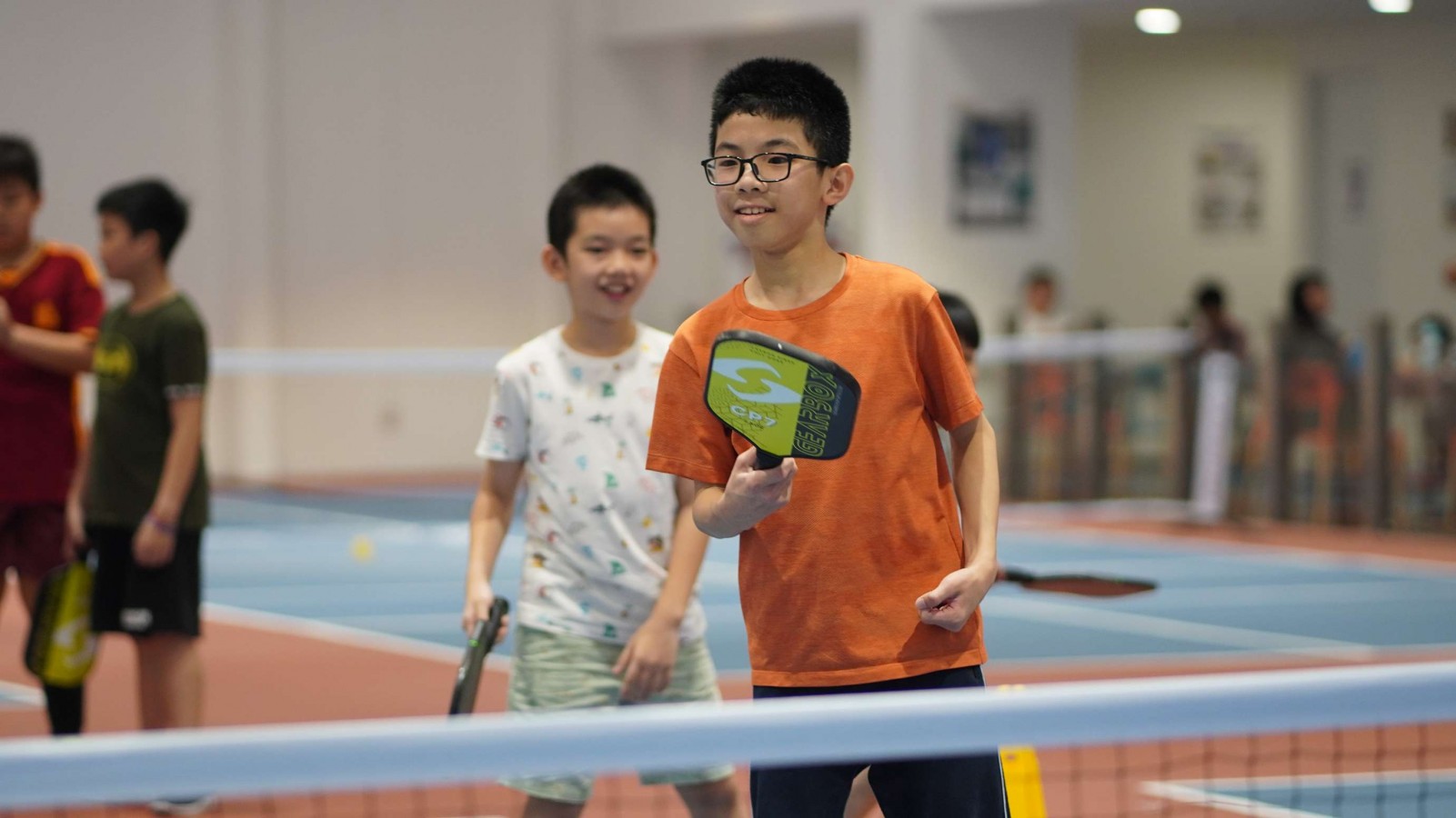How to Learn Swimming For Beginners: Step-by-Step Guide

One way to promote a healthy body is through exercise. There are numerous exciting sports to explore, and swimming is among them, offering both recreation and relaxation in the water.
Swimming can contribute to overall health, particularly in terms of respiratory well-being. It can be learned by beginners as long as they have the intention to learn.
Learning to swim is not only a valuable life skill but also a rewarding and enjoyable experience. Whether you're a complete beginner or someone looking to improve their swimming abilities, this step-by-step guide will help you navigate the waters of learning how to swim with confidence and ease.
How to Learn Swimming For Beginners
Swimming is indeed not as easy as imagined, especially for those who have trauma related to water or have experienced drowning. It can be quite challenging to regain that confidence. However, you don't need to worry because you can swim in a place suitable for your body height, and we will share how to swim for beginners :
1. Overcoming Fear
The first and most crucial step for beginners is overcoming the fear of water. Start by spending time in shallow water, gradually getting comfortable with the sensation. Practice floating on your back to build trust in the water's buoyancy. Consider taking a friend or a swim instructor for support, making the process more enjoyable.
2. Getting Comfortable in Water
Begin by standing in chest-deep water, allowing your body to acclimate to the water temperature. Practice breathing exercises by inhaling deeply and exhaling slowly. Gradually submerge your face in the water, holding your breath, and then resurface. Repeat these exercises until you feel at ease with your face in the water.
3. Mastering Basic Floats
Learning to float is fundamental to swimming. Practice floating on your back and stomach, keeping your body relaxed. Focus on spreading your arms and legs to maximize buoyancy. This skill is essential for building water confidence and serves as a foundation for more advanced swimming techniques.
4. Breath Control and Submersion
Developing breath control is crucial for swimming. Practice holding your breath and gradually increase the duration. Submerge yourself in the water while exhaling slowly through your nose.
As you progress, try holding your breath while floating or gently kicking. This step builds the foundation for swimming underwater and controlling your breathing.
5. Introduction to Kicking
Beginners should practice kicking while holding onto the pool edge. Flutter kicks are the most basic and effective for propulsion. Focus on keeping your legs straight and kicking from your hips. As you become more comfortable, try kicking with a kickboard to improve leg strength and stamina.
6. Arm Movement and Coordination
Learn the basic arm movements associated with swimming strokes. Practice arm circles, windmills, and alternating arm movements. Coordination is key, so start slowly and gradually increase the speed. As you build confidence, combine arm movements with flutter kicks to simulate a simple swimming stroke.
7. Introduction to Freestyle Stroke
The freestyle stroke is a fundamental swimming technique. Begin by practicing the arm movements and flutter kicks separately. Once comfortable, focus on maintaining a horizontal body position. Freestyle is an efficient and versatile stroke, making it an excellent starting point for beginners.
8. Breaststroke Technique
The breaststroke is characterized by a frog-like kick and simultaneous arm movements. Master the leg kick first, ensuring your feet point outward and then propel your arms in a circular motion. Breaststroke is a slower but energy-efficient stroke, making it suitable for beginners looking to build endurance.
9. Building Endurance
As you become more comfortable with different strokes, focus on building endurance. Swim on longer distances and gradually increase the duration of your swimming sessions. Consistency is a key, so aim for regular practice to improve overall fitness and swimming proficiency.
10. Deep Water Confidence
Once you feel confident in shallow water, gradually move to deeper areas. Practice treading water to enhance your ability to stay afloat without touching the pool bottom. Deep water confidence is essential for open-water swimming and ensures you are prepared for a variety of aquatic environments.
11. Seeking Professional Guidance
Consider enrolling in a swimming class or hiring a certified swim instructor. Professional guidance provides personalized feedback and corrections, accelerating the learning process. Instructors can also introduce advanced techniques and ensure you develop good swimming habits from the start.
12. Water Safety Awareness
Understanding water safety is an integral part of learning to swim. Be aware of pool rules, never swim alone, and familiarize yourself with basic rescue techniques. Knowing how to stay safe in and around water is essential for everyone, regardless of their swimming level.
You Can Learn to Swim From Infancy Too!
With consistent practice, you'll undoubtedly achieve satisfying results. Swimming is an activity that enhances muscles and is excellent for your heart health. It is even recommended for individuals with scoliosis, as swimming strengthens the spine and promotes a more symmetrical and balanced muscular development.
For a fun fact, introducing swimming for infants also proves to be beneficial. It aids in the development of cognitive abilities and balance in children. You can choose the Rockstar Academy, which offers the best swimming classes starting from the age of 6 months, accompanied by experienced mentors in teaching.
On top of that, you can also enroll for the Rockstar Academy free trial class to know which class suits you the best. Go contact Rockstar Academy and begin your swimming journey right away!
FAQ
1. How can I overcome the fear of water?
Overcoming the fear of water involves gradual exposure and relaxation techniques. Start with shallow water, practice floating, and consider enlisting the support of a friend or swim instructor.
2. What is the best age to start learning to swim?
Ideally, it's beneficial to start learning to swim from a young age, and classes are available for infants as young as six months. However, it's never too late to begin, and adults can also learn to swim.



